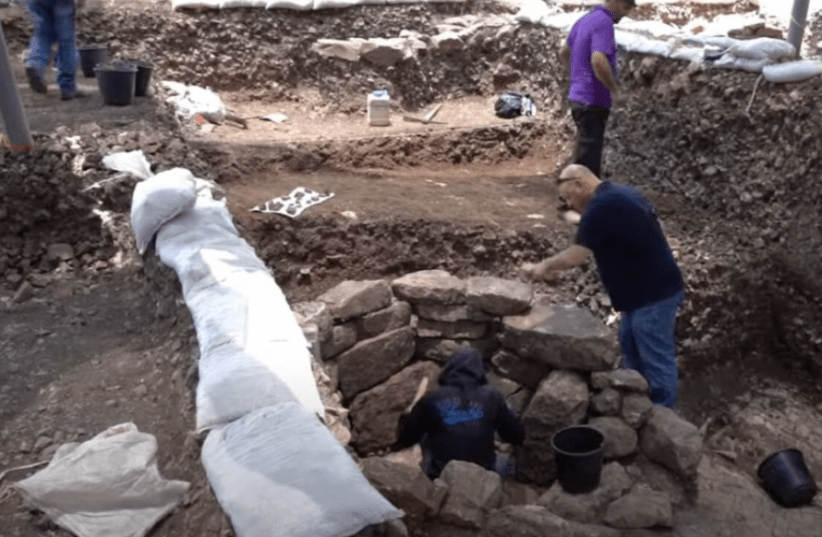
9000-Year-Old Shaman Woman’s Grave Discovered in the Motza Archaeological Site of Jerusalem
Archaeologists have uncovered an important grave from the Neolithic period during excavations at the Motza archaeological site, located in the highlands of Jerusalem. It was determined that the woman found in this grave had six fingers on her left hand. This finding provides strong evidence that she was a significant figure involved in the shamanic rituals of her time.
This grave, dating back to the Pre-Pottery Neolithic B period, was uncovered during the Motza excavations conducted between 2018 and 2020. These excavations revealed one of the most densely populated Neolithic settlement areas in the region.
The research was carried out prior to the construction of Highway 16, the third access route to Jerusalem from the west.
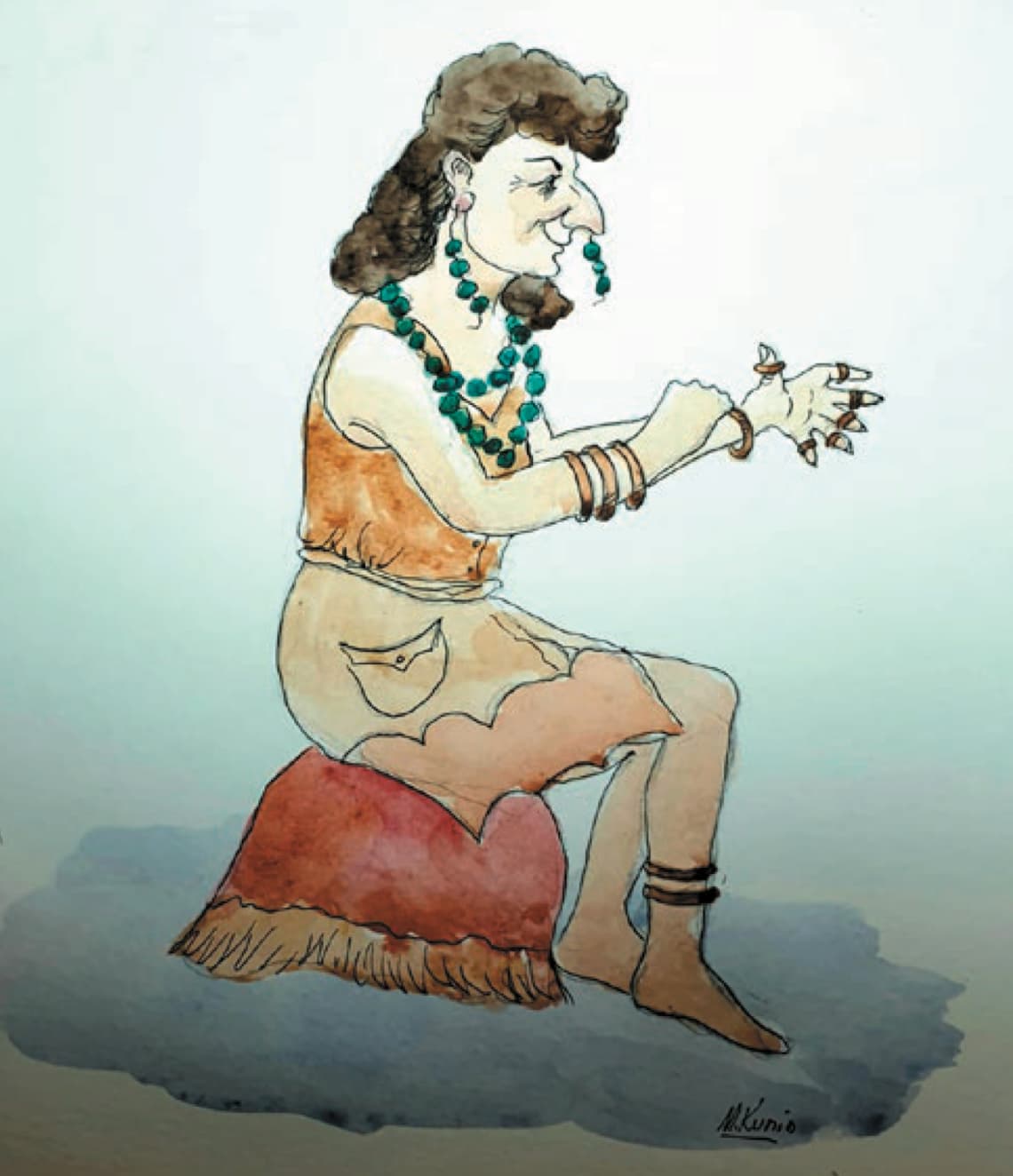
The first anatomical examination showed that the individual was over 15 years old at the time of death. One of the most interesting features of this woman was that she had six fingers on her left hand.
The burial items found alongside her, including green stone necklaces and mother-of-pearl jewelry, strengthen the hypothesis that she held a significant role in Neolithic shamanic rituals.
Rich Burial Practices
Numerous other buried individuals in the grave area were also found adorned with stone bracelets, pendant pieces, and beads made from exotic materials such as alabaster and green stones. Researchers suggest that the stone bracelets found in some graves are associated with transition rituals between life and death.
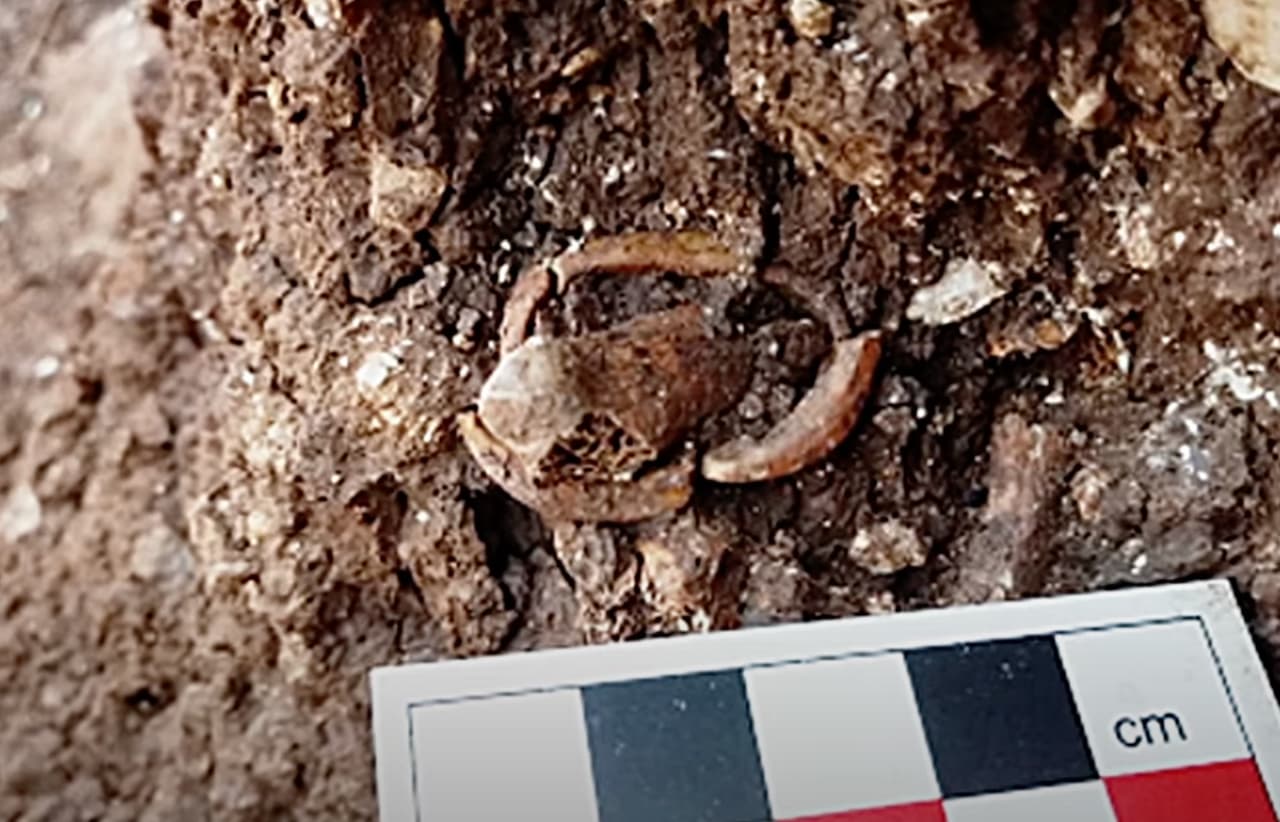
Eli Eskosido, director of the Israel Antiquities Authority, stated, “The discovery of the ancient shaman grave in Motza opens a window into the spiritual world of communities that lived around 10,000 years ago.” He continued, “These remains demonstrate how complex and rich the cultural beliefs of ancient humanity were.” Eskosido added, “Through personal items like jewelry and ritual artifacts, we can gain insights into the belief systems, social classes, and societal roles of that era.”
Insights into Rituals and Social Structures
Researchers propose that children wore these stone bracelets until they reached adolescence. Upon reaching a certain age, they participated in initiation ceremonies similar to modern transition rituals like Bar and Bat Mitzvah in Jewish tradition. Those who died before reaching maturity were buried with the intact bracelets on their arms.

Numerous burials have been discovered within homes, beneath floors, and near the walls of residences. Researchers and academics suggest that rituals were conducted in large public buildings designated for this purpose, which may have included shamanic practices. Many of these public buildings had a strong connection to water, which could have played a role in the rituals performed there.
Each of the excavated structures contained plastered installations for water collection or were located near natural water sources. This highlights the connection between water and ritual practices in Neolithic communities. These findings reinforce the perception that water played a significant role in the religious ceremonies and social organization of Neolithic groups.
doi.org/10.70967/2948-040X.1122
You may also like
- Archaeologists Discover 9,000-Year-Old Temple in Jordan Desert
- Sumerian Birth Certificate: One of History’s Oldest Records
- Archaeologists Uncover Unique Auditorium During Excavations in Sicily
- Astonishing 3,000-Year-Old Cave Paintings Unearthed in Brazil
- Ancient Assyrian Tablets: Science Uncovers 7th Century Writing Techniques
- The Mysterious Goddess of Levent Valley: 2800-Year-Old Hittite Goddess Figurine
- Discovery in Romania Reshapes History of Ancient Dacian Presence
- New Study: Climate Change May Have Played a Role in the Fall of the Roman Empire
- The Dazzling Treasure of Kibyra: The Medusa Mosaic Reopens to Visitors
- Stunning 2,500-Year-Old Settlement Discovered in North Macedonia
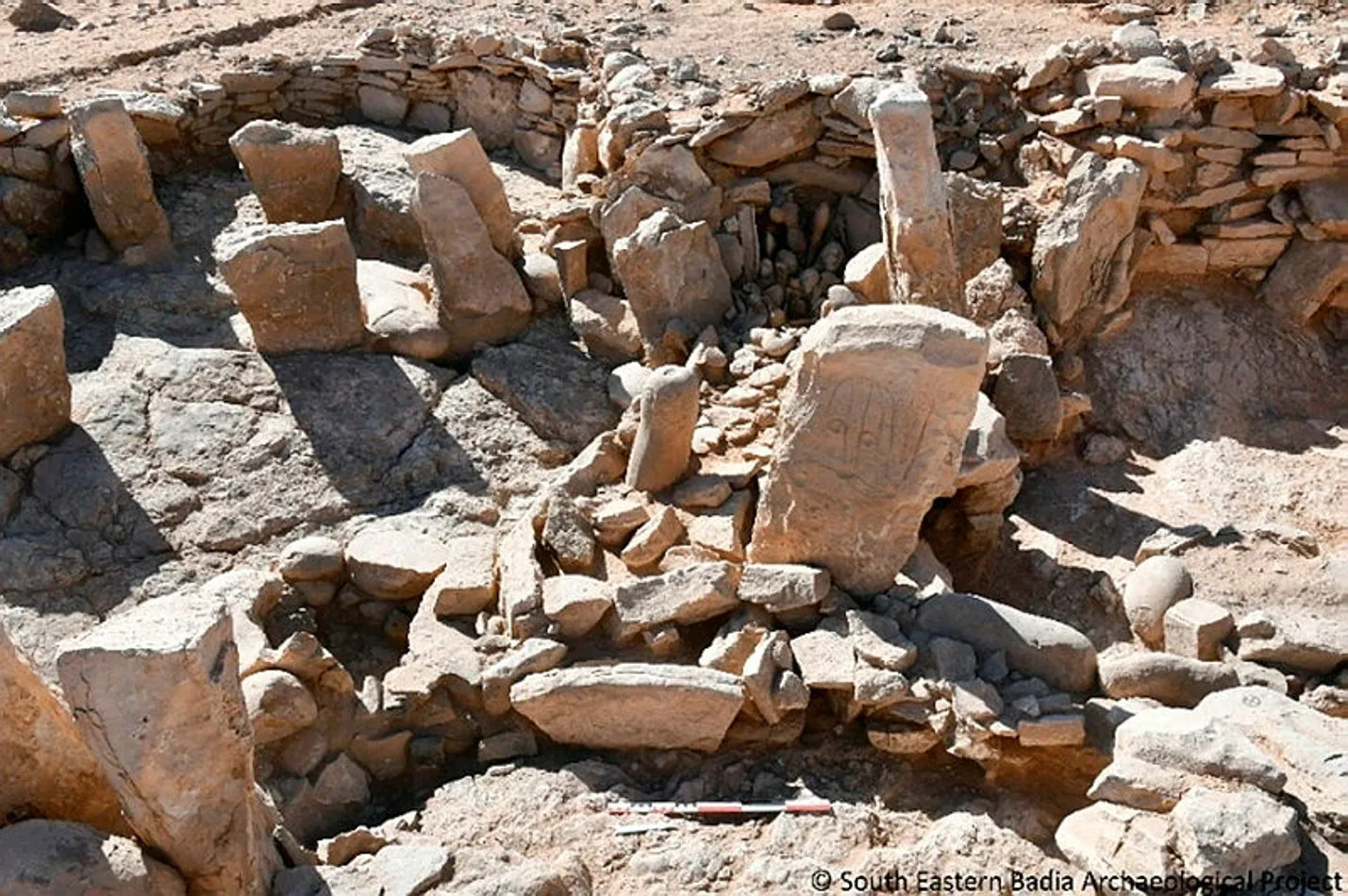
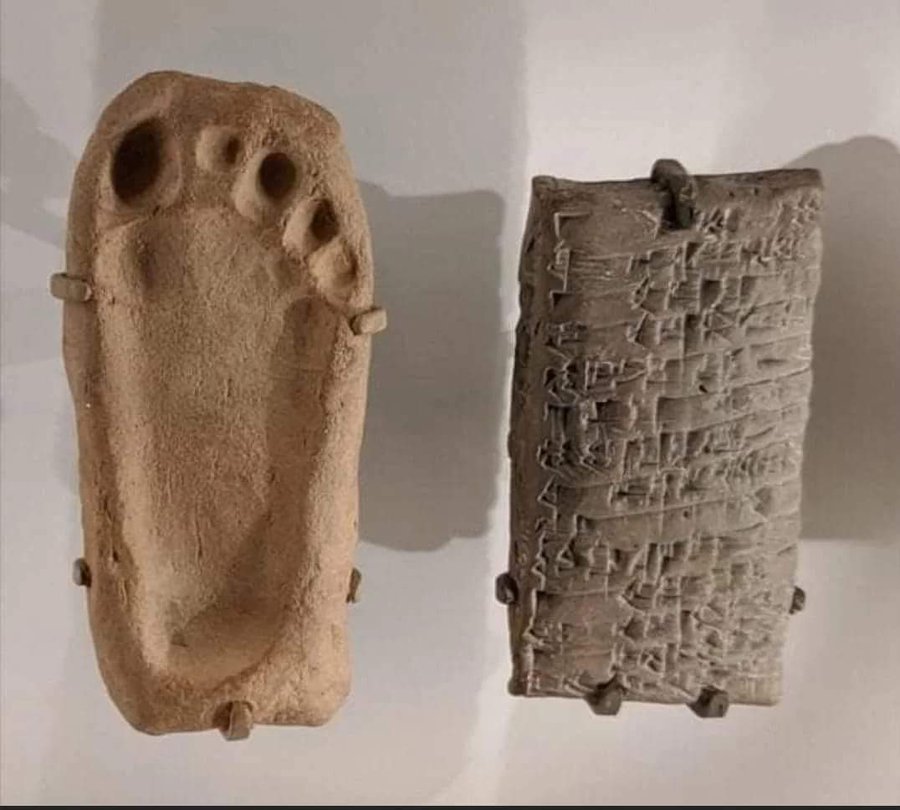
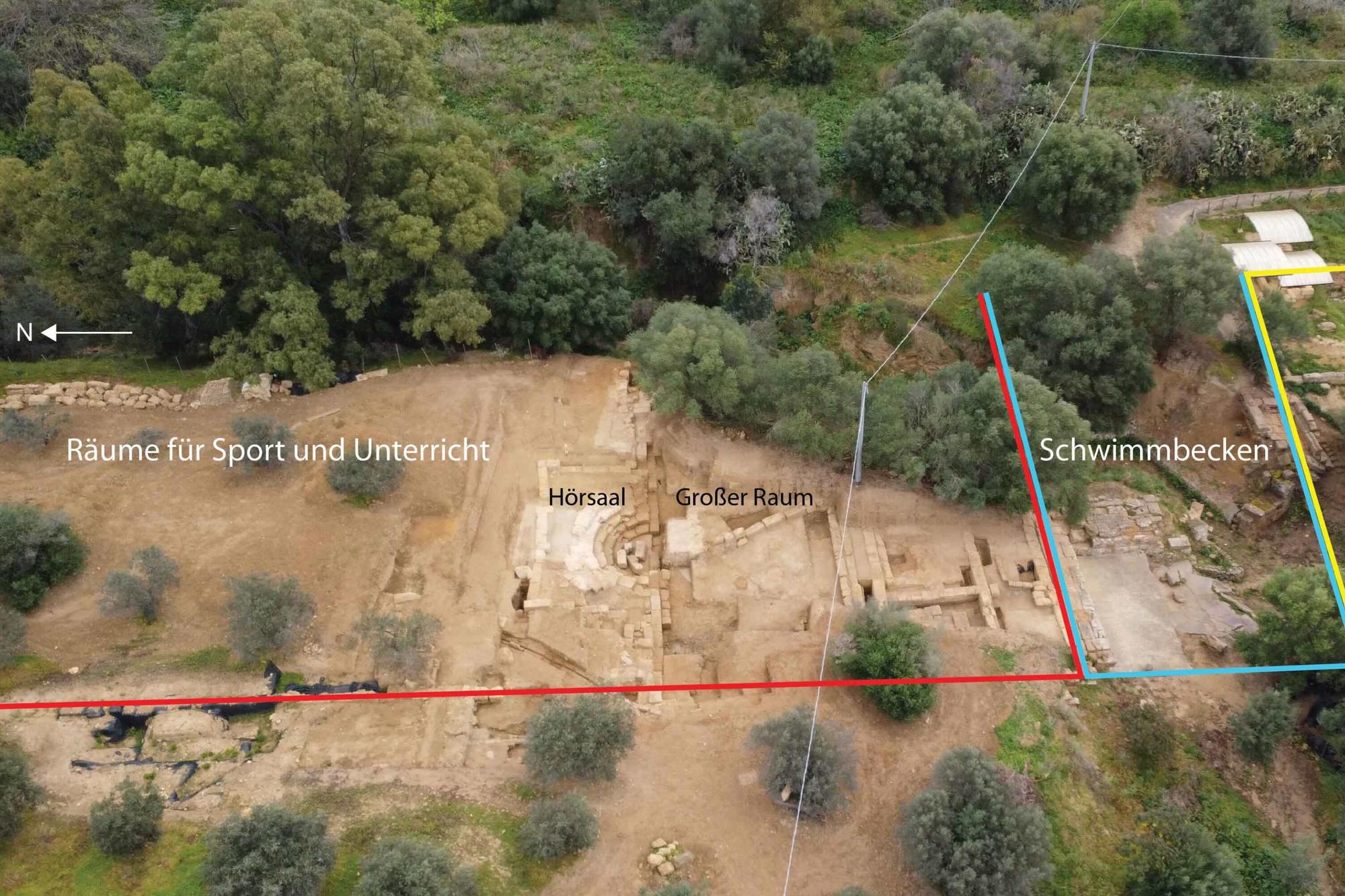

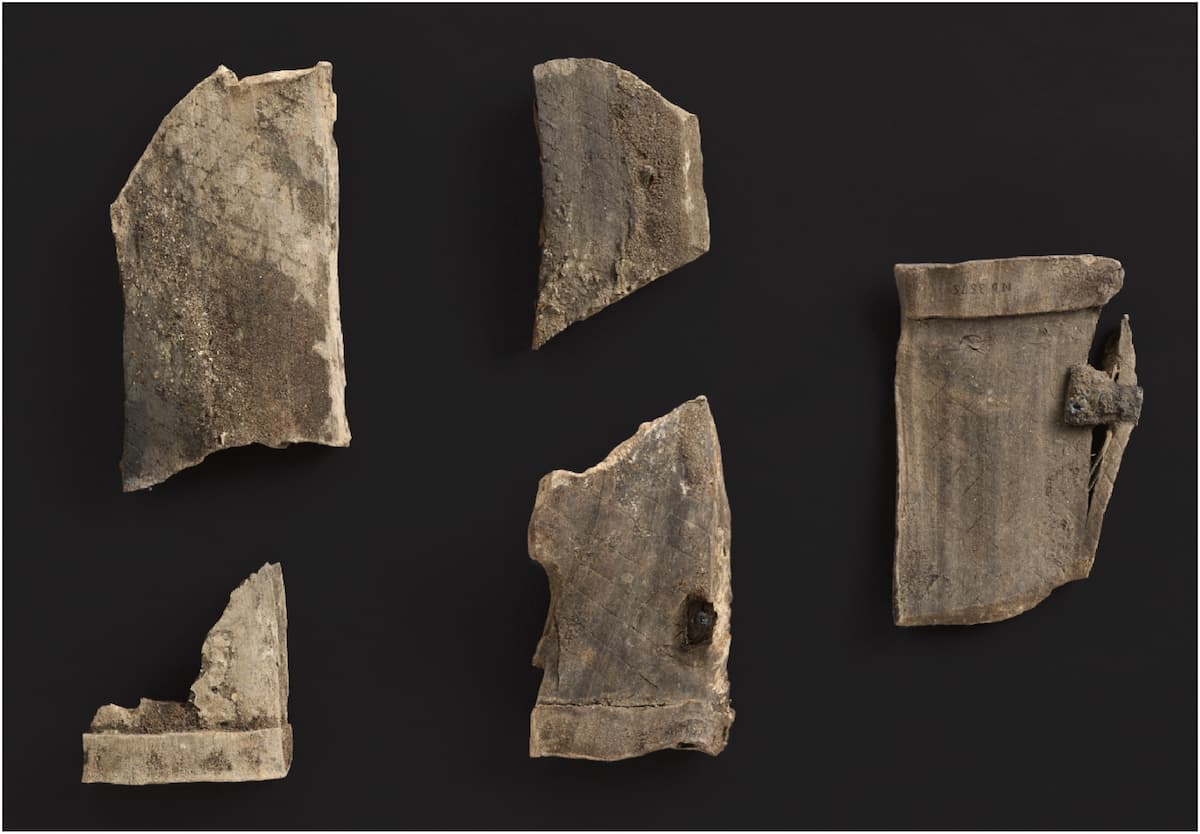
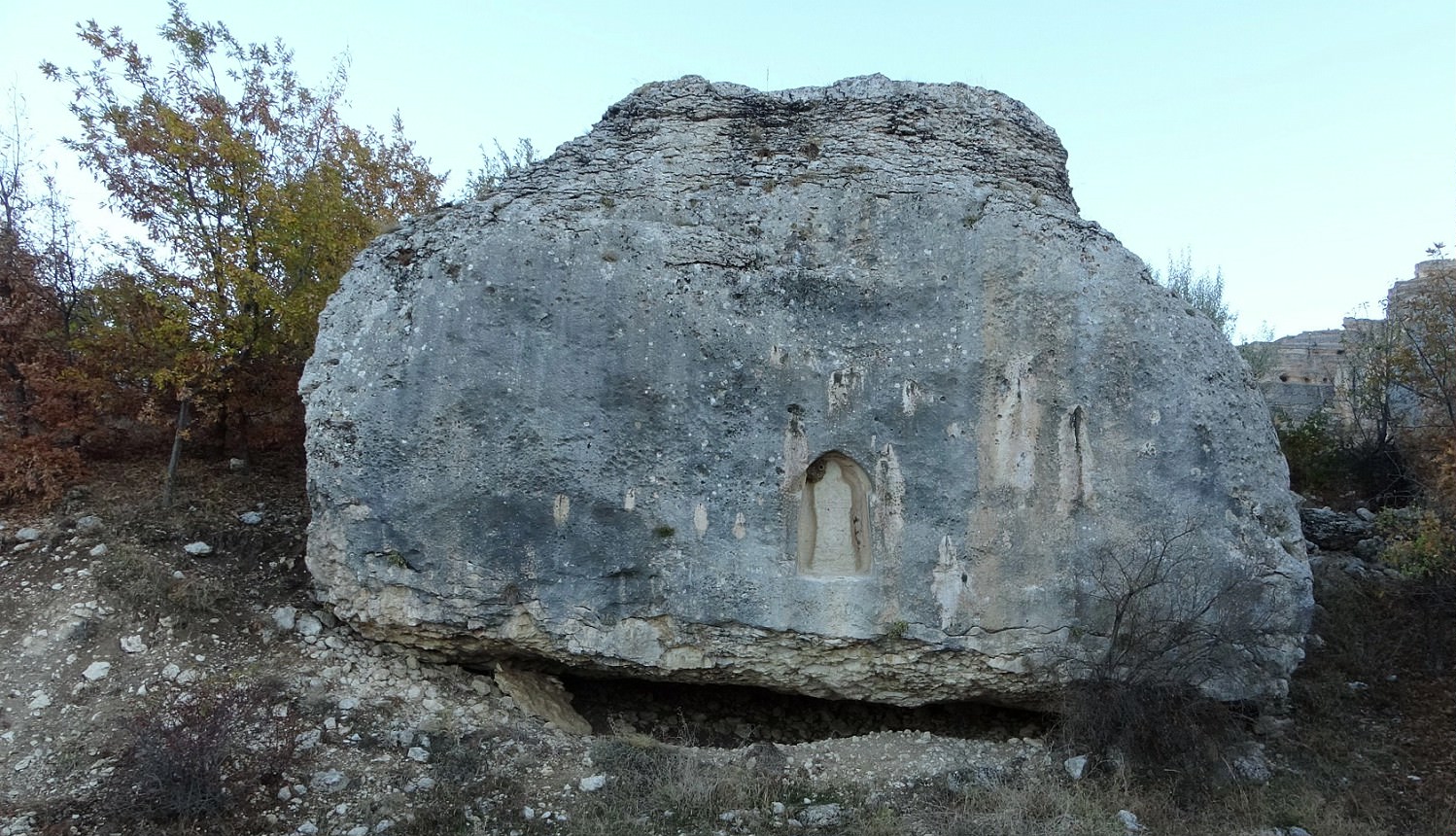
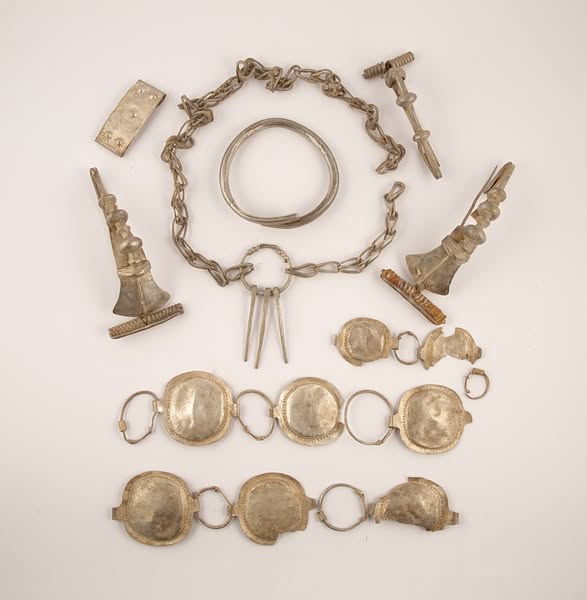


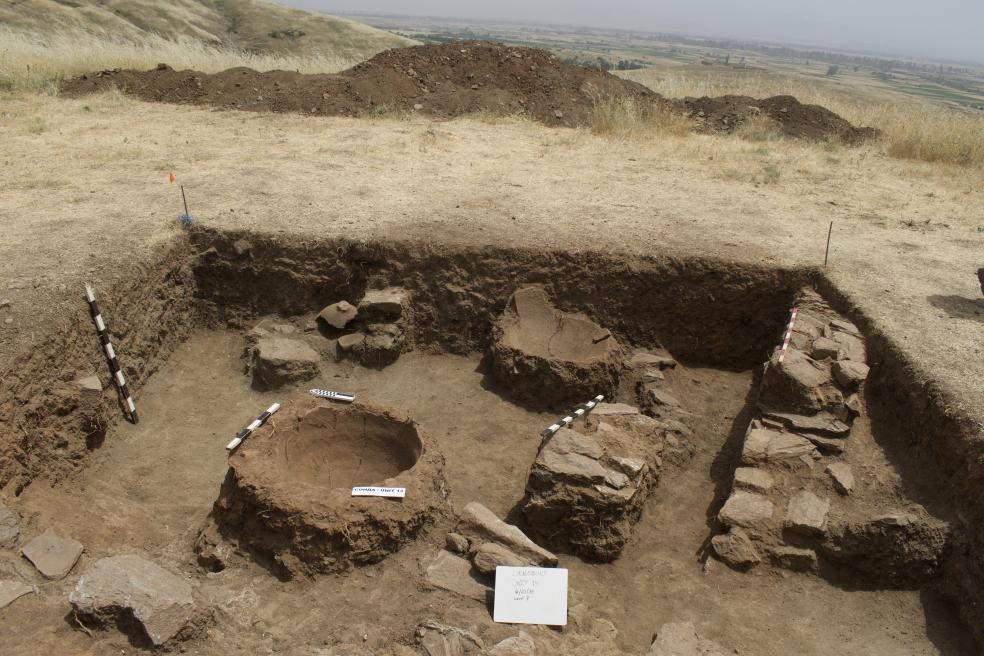
Leave a Reply